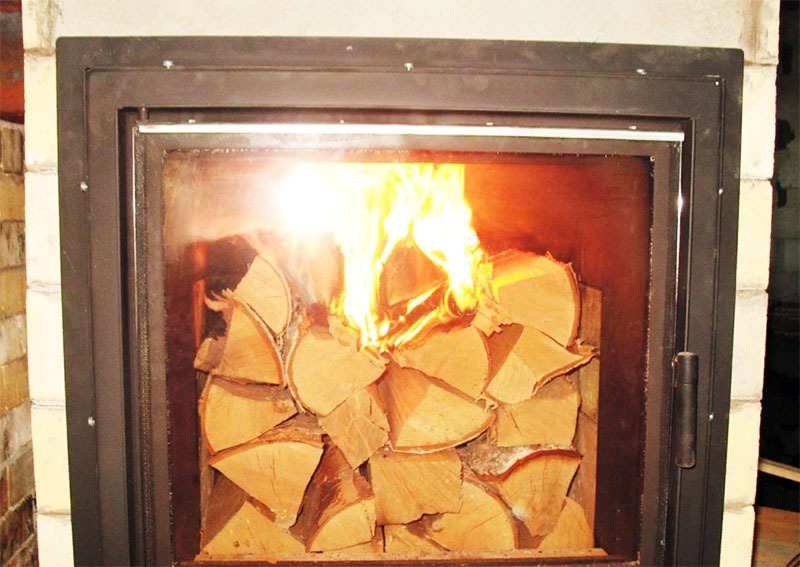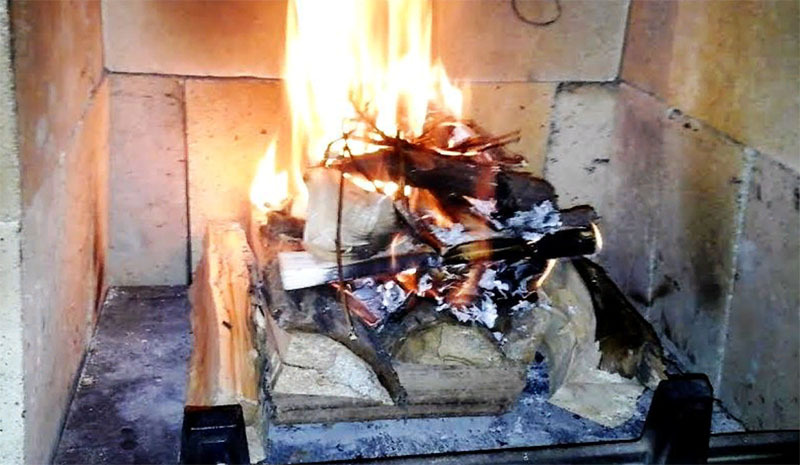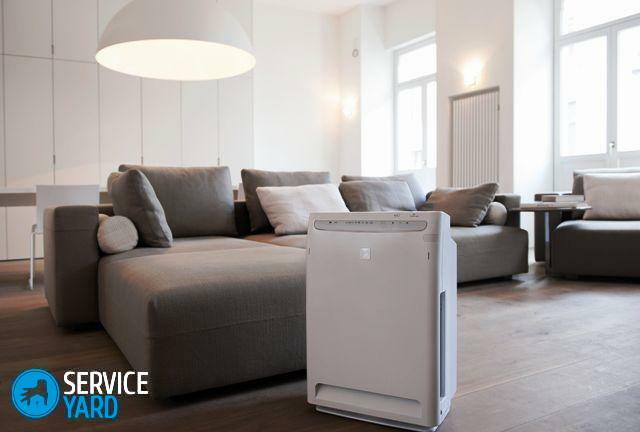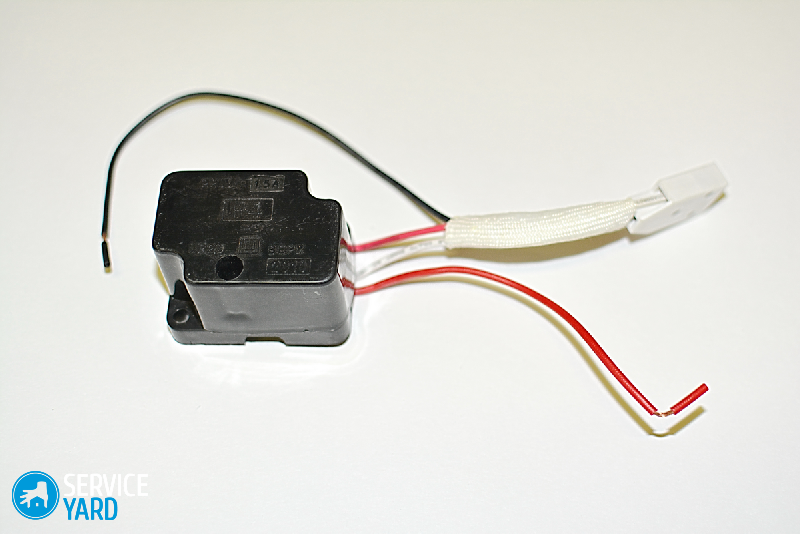Private traders are preparing for the heating season much more seriously than public utilities workers, this is a fact. And if you have a solid fuel boiler or stove, and you have been using them for several years, then you can roughly imagine how much firewood you need to prepare for the winter. Experienced stokers know how to save firewood while achieving maximum results. Here are some tips you might find useful.
Read in the article
- 1 Styling is of the essence
- 2 Traction control
- 3 Choose the right firewood
- 4 Bring fuel into the house
- 5 Before kindling, you need to warm up the stove.
- 6 Use top (bottom) combustion
- 7 Regular chimney cleaning
- 8 10 rules for economical use of firewood
Styling is of the essence
Why does approximately the same amount of firewood burn at different speeds? The reason could be a bookmark. Most often they are laid in a pyramid in the firebox, and paper or wood chips are placed in the middle of this pyramid for ignition. Yes, this way it turns out to light up much faster, but they also burn very rapidly, preventing you from somehow controlling this process. But if you lay them not with a "wigwam", but with steps, and set fire to the kindling on the first tier, then the flame will be evenly distributed, and you can always add fuel. Of course, there should be space between the logs for air to enter.

Traction control
Traction greatly affects the rate of fuel burnout. The more powerful it is, the faster your firewood goes, respectively. The draft can be controlled - that's why there is a damper in the firebox. But this must be done correctly and carefully, so as not to extinguish the fire and at the same time not get a waste. Therefore, before flooding, the damper must be opened for maximum thrust, and then, during the firebox, the damper is gradually closed, leaving only the required volume of air intake.

Choose the right firewood
Your fuel type is also critical. The denser the wood, the longer it burns, hence the more heat it generates. After dense wood, coals remain for a long time, which also generate heat well.
Conventionally, a tree can be divided into three levels according to combustion efficiency:
- low - pine, poplar, aspen, alder, willow;
- medium - walnut, cherry, maple, beech, pear, oak, apple, birch, larch;
- high - acacia, ash, plum.
Bring fuel into the house
The starting temperature of the fuel also matters. First, the wood consumes energy for its own heating. Fuel at room temperature produces less soot, which is mainly composed of essential oils that do not burn at low temperatures.

Before kindling, you need to warm up the stove.
When stoking in a cold stove, firewood first spends heat to heat the chamber itself, and then to heat the house. So first you need to warm up the firebox itself with a small amount of fuel, and then lay the main tab.
Use top (bottom) combustion
Combustion in the furnace can be bottom (top) and grate (bottom). The lower one is used most often, the air in this case enters the burning wood from the lower layers and directs the flame upward.

Lower combustion produces much more heat and less soot.
Regular chimney cleaning
Soot must be removed from the chimney in a timely manner, and not once a year, but regularly. The settling waste reduces the heat transfer from the heat exchanger. So with a clean chimney, you need much less firewood for heating.
10 rules for economical use of firewood
Follow these rules and you will need a lot less firewood:
- Do a neat stacking of firewood, do not heap them in a heap.
- Adjust the oxygen supply to the furnace with a damper.
- Use solid wood firewood.
- Bring the wood in a warm room in advance to keep it warm.
- Warm up the firebox with a small amount of fuel before placing the main amount of firewood.
- Use the top (bottom) burning, for this, stack large firewood from the bottom.
- Do not let the fuel burn too much.
- Adjust the amount of firewood in the bookmark depending on the weather.
- Remove soot from the stove and chimney regularly.
- Use only dry wood.
And a few more tips from practitioners - in this video:
How do you heat the stove? Do you have any secrets for saving firewood? Share them in the comments!



